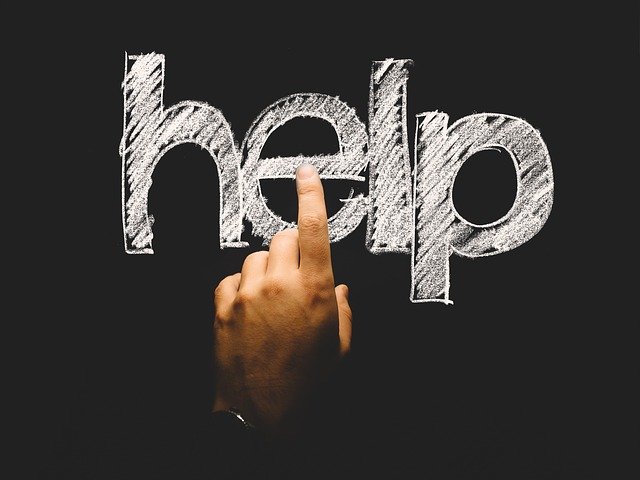Avar's Financial Predictions for 2023 & Beyond
There are several ways that governments and central banks can try to bring down inflation:
- Tighten monetary policy: Central banks can raise interest rates to reduce the supply of money in the economy and decrease demand for goods and services. This can help bring down inflation by slowing down the rate at which prices are rising.
- Reduce government spending: Governments can cut back on spending to reduce demand in the economy, which can help bring down inflation.
- Strengthen the exchange rate: A stronger exchange rate can make imports cheaper, which can help reduce the price of goods and services in the domestic economy.
- Increase productivity: Improving productivity can help reduce the cost of production and make it easier for businesses to pass on lower prices to consumers.
- Reduce tariffs and other trade barriers: Removing tariffs and other trade barriers can increase competition and make it easier for businesses to access cheaper inputs, which can help reduce the cost of production and bring down inflation.
- Increase competition: Increasing competition in industries can also help bring down prices by encouraging businesses to be more efficient and lower their costs.
It’s important to note that these measures can also have unintended consequences, such as slowing down economic growth or increasing unemployment. As such, it’s important for policymakers to carefully consider the trade-offs involved in trying to bring down inflation.
Inflation is an increase in the general price level of goods and services in an economy over a period of time. When the general price level rises, each unit of currency buys fewer goods and services; consequently, inflation reflects a reduction in the purchasing power of money. A chief measure of price inflation is the inflation rate, the annualized percentage change in a general price index (normally the consumer price index) over time.
Inflation can be caused by a variety of factors, including an increase in the money supply, an increase in government spending, and an increase in global commodity prices. It can also be caused by an increase in production costs, such as wages or raw materials. Central banks, such as the Federal Reserve in the United States, attempt to control inflation through the use of monetary policy, which involves adjusting interest rates and the supply of money in the economy.
Inflation is generally considered to be a negative economic phenomenon, as it can lead to a decrease in the value of savings, an increase in uncertainty, and a misallocation of resources. However, low levels of inflation, generally defined as an inflation rate of 2% or lower, are generally considered to be beneficial for economic growth.


